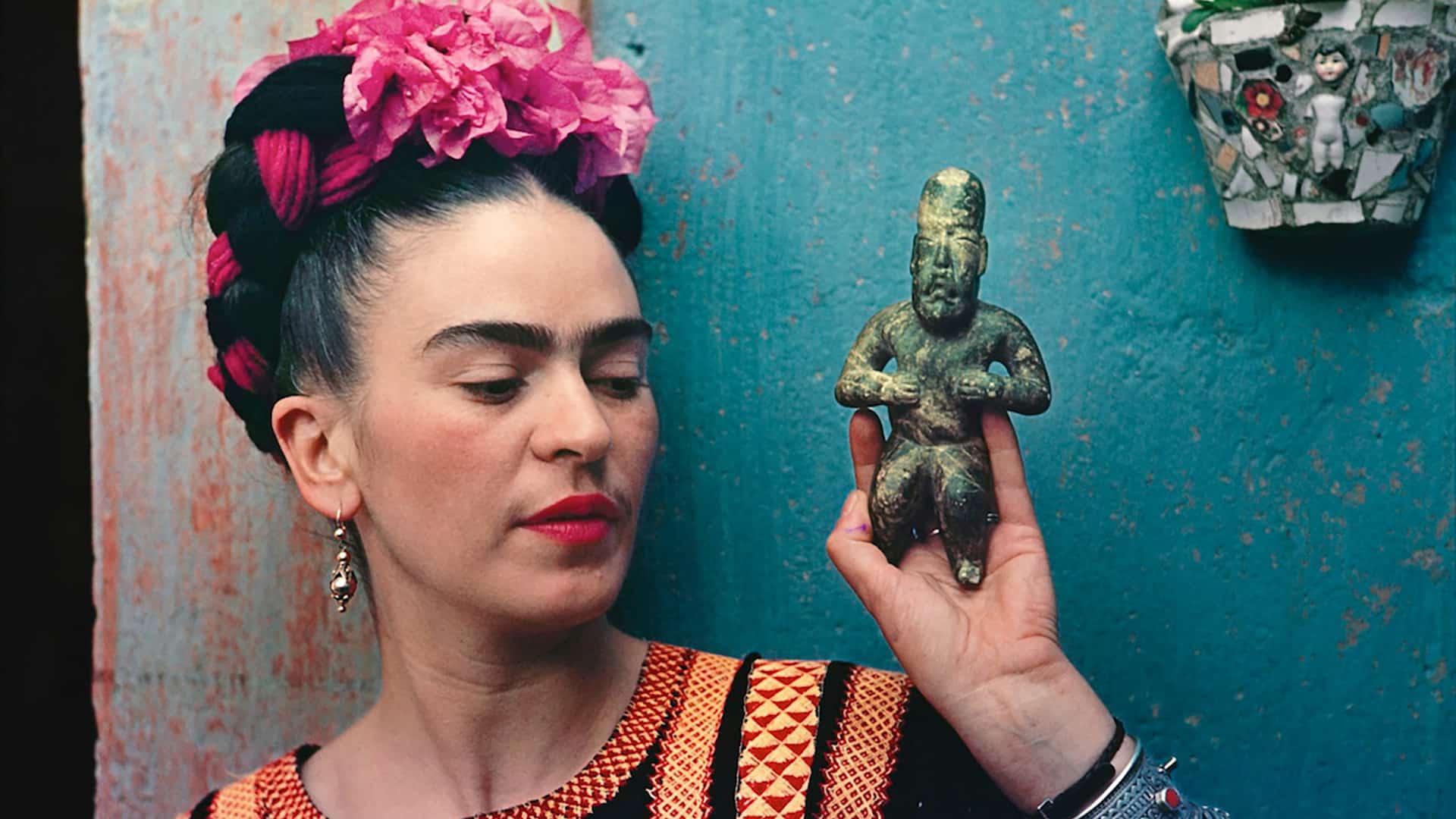In addition to being an artist, Frida Kahlo is an icon. Eclipsed by her husband Diego Riviera while he was alive, Frida Kahlo is today a nearly universal pop icon, as evidenced by her 850,000 posthumous followers on Instagram.

You’re getting blind.
Don’t miss the best of visual arts. Subscribe for $9 per month or $108 $90 per year.
Already suscribed ?



